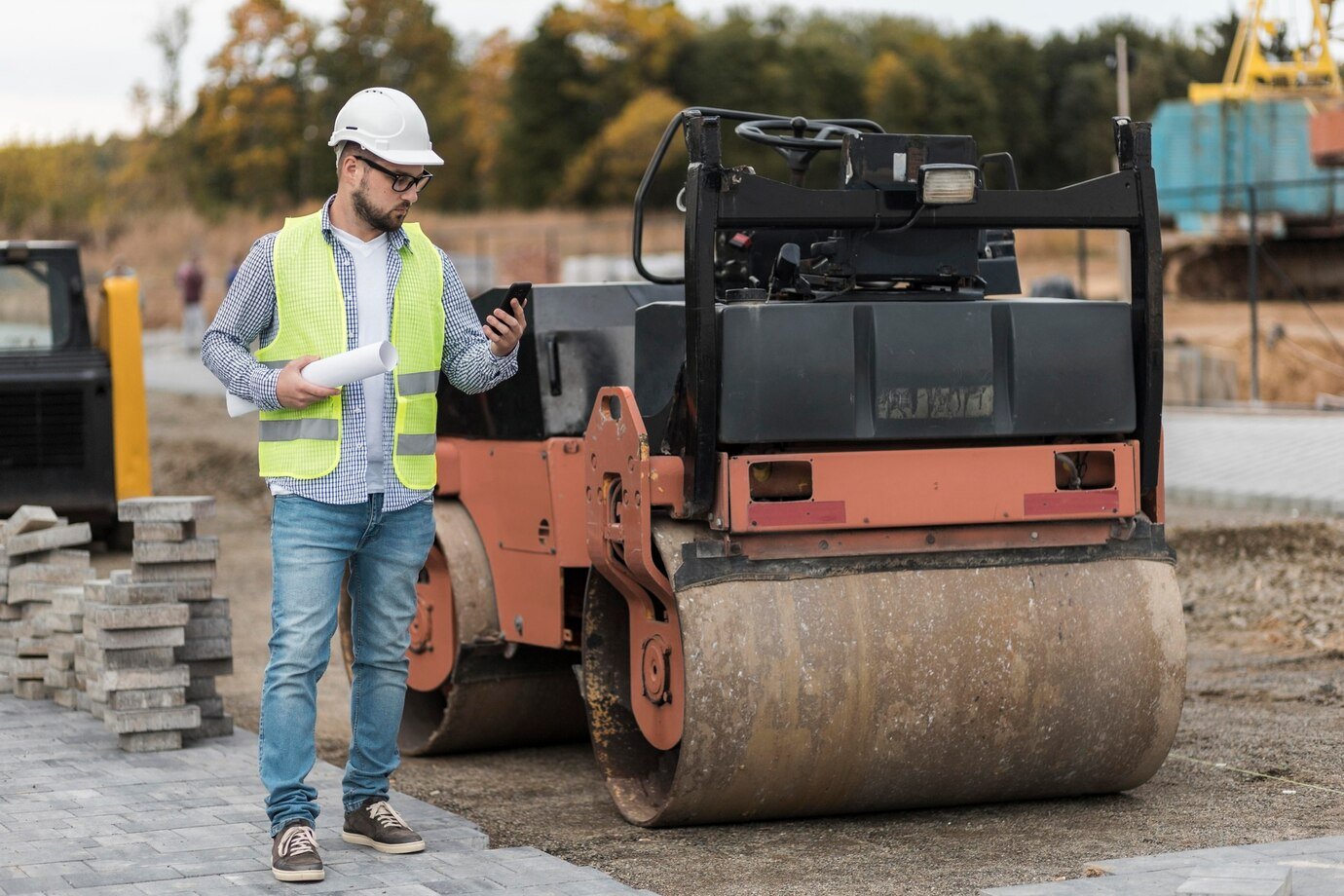Health and safety in construction is a crucial aspect of project management, encompassing policies, procedures, and practices aimed at protecting workers and the public from hazards. It involves identifying risks, implementing control measures, and promoting a positive safety culture. Construction sites present numerous potential dangers, including falls, electrocutions, exposure to hazardous materials, and noise-related injuries.
Advanced plastering techniques include specialized finishes like textured plaster, smooth cast, and pebble dash, along with techniques like skimming and airless plastering. These methods build upon basic plastering skills, often involving the use of specialized tools and materials to achieve specific aesthetic and functional outcomes.
Working effectively with people from diverse backgrounds involves understanding and valuing differences, communicating clearly, and collaborating productively. Embracing diversity can lead to increased creativity, better problem-solving, and enhanced employee engagement. It also requires a willingness to learn, adapt, and lead by example.
Exterior rendering is the process of creating realistic, three-dimensional visuals of a building's exterior design, often used in presentations, marketing materials, and architectural design. It's a way to showcase architectural ideas and designs before they are actually built.
Repairs and restoration are distinct but related processes in property maintenance. Repairs focus on fixing immediate damage or malfunctions to restore functionality, while restoration aims to return a property to its original condition, potentially including improvements or updates.
Dry lining, also known as plasterboarding or drywalling, involves attaching plasterboard panels to walls and ceilings, creating a smooth surface for decoration. Plasterboard fixings are specialized fasteners designed to securely attach items to these plasterboard walls. They address the limitations of standard screws in plasterboard, which can have a weak grip due to the material's lightweight and hollow construction.





